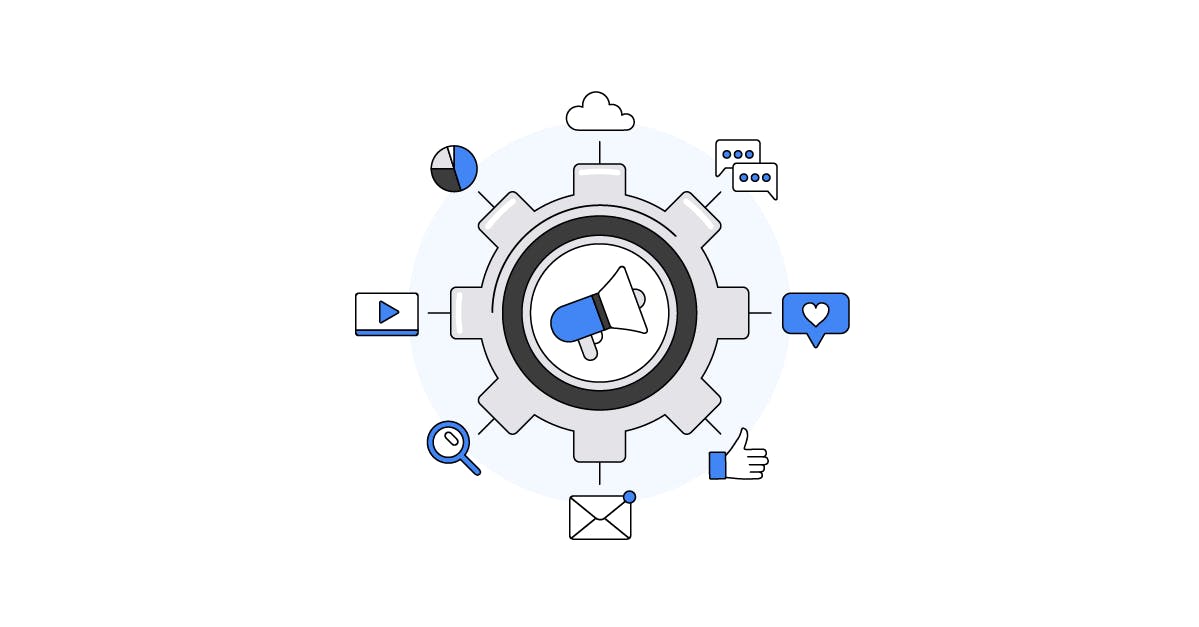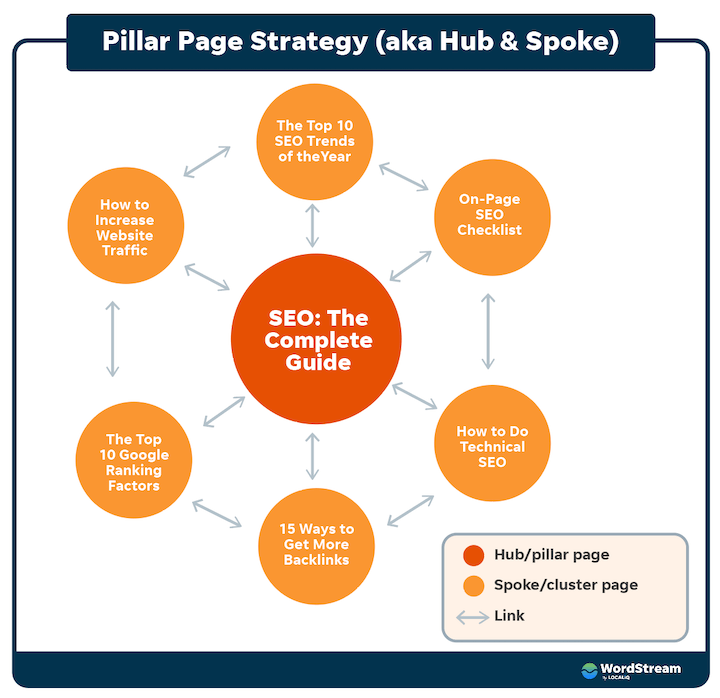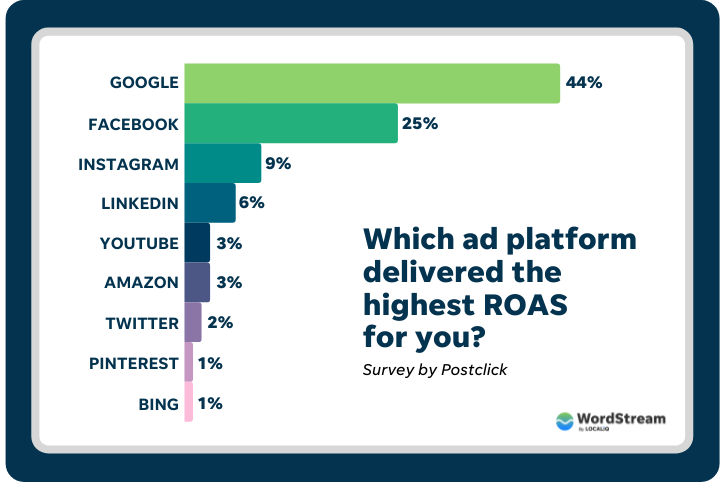
Platforms like Heap.io are also helping companies understand the customer journey, not only by tracking customer interactions, but by using machine learning technology to capture and analyse real-time interactions on a website or product. This, for example, could be where and when customers click, highlighting any pain points that get in the way of a linear customer journey. In turn, the platform turns the data into actionable insights, recommending how and where exactly companies can improve on it.
Indeed, quantitative event data – based off real (and often real-time) customer interactions – may not reveal what the customer is thinking about your product, but it can be far more swiftly effective when it comes to improving how a service works and therefor customer satisfaction.
Wonderflow – which has recently raised million in funding – offers a similar service, which it describes as ‘voice of the customer analysis’. Using artificial intelligence, Wonderflow analyses customer sentiment, and uses its data lake to determine which product features should be improved (to enhance overall customer satisfaction). According to Venture Beat, Wonderflow helped a leading electronics company increase its vacuum’s star rating by 0.7, after determining that customers found it difficult to clean the filters of a previous product version.
As well as retaining customers, predictive analytics platforms (or personalisation engines as they’re also known) are an effective tool in building relationships and generating loyalty from consumers. Measuring customer lifetime value (CLTV) is one key factor, for example, which can be used to identify the most profitable customers and to deliver the right promotions or communication at the right time.
But what can these platforms truly help companies achieve? Here’s a look at some key elements of CX strategy, and how data and digital experience technology can deliver it.
Product analytics that track real-time interactions to improve the customer journey
As McKinsey boldly asks, “why use a survey to ask customers about their experiences when data about customer interactions can be used to predict both satisfaction and the likelihood that a customer will remain loyal, bolt, or even increase business?”
Of course, there’s a multitude of technologies that work in the service of user experience and customer experience, including data management and customer data platforms, which Adobe’s 2022 Digital Trends report ranks as senior executives’ key technological priorities for 2022.
Customer Journey Mapping Best Practice Guide
Rather than acting on historical customer feedback (from surveys and other qualitative data), many CX analytics platforms enable companies to pre-empt and predict customer satisfaction.
Starbucks is a brand that successfully delivers personalisation in this way, with one particular AI-driven marketing campaign generating positive results. As highlighted by Deloitte in its ‘Connecting with Meaning’ report, the coffee chain created over 400,000 variants of hyper-personalised messages (related to food or drink offers) to its customers, making each one a unique and compelling offer for each individual by using contextual data such as location and demographic. According to Deloitte, Starbucks’ marketing campaign effectiveness and incremental revenue via offer redemptions increased three-fold as a result, with an estimated 25% of total transactions being conducted via the Starbucks mobile app.
Customer feedback is another critical way for companies to continually optimise CX. As Econsultancy’s ‘Implementing a CX Strategy: Best Practice Guide’ states, feedback loops “can inform strategy and innovation, help refine products and services, and reveal customer issues and frustrations that can lead to churn.” When it comes to sources, customer feedback can “come from surveys, customer reviews and customer service tickets, and can be combined with other sources of insight such as product and content analytics to identify opportunities to optimise.”
Indeed, McKinsey states that this is a key part of a data-led approach to CX, with algorithms generating predictive scores for each customer based on journey features. “These scores allow the company to predict individual customer satisfaction and value outcomes such as revenue, loyalty, and cost to serve,” states McKinsey. “More broadly, they allow CX leaders to assess the ROI for particular CX investments and directly tie CX initiatives to business outcomes.”
Feedback analytics to unify and analyse what customers think about your brand
This is where analytics platforms can be hugely effective, offering a way for companies to unify, measure, and analyse all types of customer feedback in real time. Chattermill is one prominent example, used by brands such as Uber, Deliveroo, and Transferwise. Chattermill describes its service as ‘unified customer intelligence’, offering “insights that are ultimately led by what your customers really think and feel about your brand.”
Digital transformation has accelerated rapidly over the past two years. According to PwC, 53% of businesses (in a survey of 1,250 global executives) have accelerated digital transformation in this time, with 57% reporting that technology has been critical to their performance.
User Experience and Interaction Design
One of the biggest issues with this type of customer research, however, is that data typically stems from past interactions, meaning it is often out of date by the time that teams are able to take action. What’s more, feedback data is often disparate, residing in different data-sets that make it difficult for marketers to gain actionable insights. For example, some customers might leave reviews on Trustpilot, while others might leave feedback on social media. If these issues are dealt with separately, how can brands identify larger and more pressing trends?
Predictive analytics to deliver personalised interactions that build loyalty
Additionally, at a more granular level, predictive analytics platforms (and their real-time nature) can also enable companies to deliver daily customer engagement – and prevent problems from occurring. McKinsey cites one example of an airline which was able to identify customers at risk of churn due to delays or cancellations, and to offer them personalised compensation in order to maintain a positive relationship.
Whether heat mapping or full-scale digital experience analytics – marketing technology is not the silver bullet for CX, of course, but it’s certainly a differentiator for companies that have the correct foundations for strategy in place. And with with investment a key priority for many organisations in 2022, it could also become a competitive advantage.
We can also include digital experience analytics in this, too, which Gartner describes as “tools that provide diagnostic insights into visitor activity and the CX on responsive web and mobile apps.” These tools typically use session replay technology, which may include a combination of event analytics and click mapping, showing the journey or the events that occurred for one user on a website or app, augmented with some segmentation and predictive analytics functionality.
According to research by McKinsey, 93% of respondents (in a survey of 260 CX leaders) say they use a survey-based metrics (such as customer satisfaction score or customer effort score) as their primary means of measuring CX performance. However, McKinsey also reports that only 15% of leaders are fully satisfied with how their company measures CX, while only 6% expressed confidence that their measurement system enables both strategic and tactical decision making.
In Econsultancy’s CX predictions for 2022, Steffan Aquarone, CEO of Paygora, cited an increase in new technology (to measure and analyse CX directly from behavioural data) as a trend that many more companies will invest in this year. “That could be heat mapping or mobile data-scanning software in stores,” he said, “to the potentially more invasive use of human response measurement technologies at the shelf-edge, through to increased sophistication of digital analytics to identify and resolve online pain points, or work out the best time to serve up a programmatic offer or action.”
Other competing platforms like ContentSquare, FullStory, and Quantum Metric offer similar digital analytics services, contributing to an industry that is predicted to be worth .91 billion by 2026.
Companies that have invested in digital technologies, processes, and behaviours in the past two years are also more likely to have realised key business results. One crucial outcome has been better customer experiences. Amongst digital IQ leaders (where CIOs and their business partners are ‘in sync’) 79% of respondents were able to create an improved customer experience as a result of tech investment (compared to 64% of other executives).





![Amazon Attribution Updates and New Features [2020]](https://research-institute.org/wp-content/uploads/2021/04/what-to-know-before-you-sell-your-small-business-768x432.png)